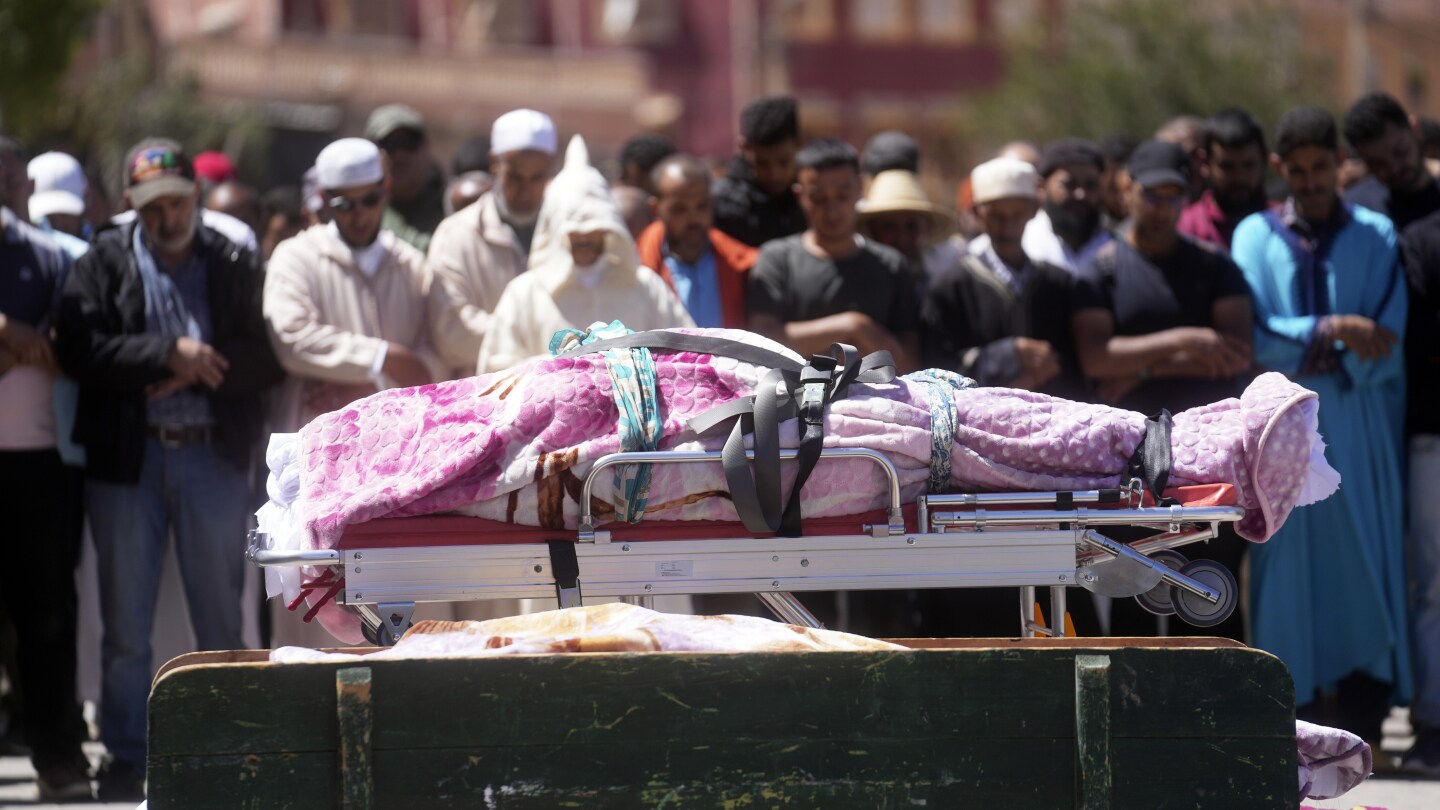- cross-posted to:
- [email protected]
- cross-posted to:
- [email protected]
The death toll keeps climbing 😞
I expect it to go considerably higher. This was a very, very bad one, in a place with very old - and not very robust - architecture.
Edit: Extremely sad to have been right. The death toll is well over 2000 now, and I think it will more than double in the coming days.
no idea why some take issue with your statement…the 9th paragraph of the article:
“The problem is that where destructive earthquakes are rare, buildings are simply not constructed robustly enough to cope with strong ground shaking, so many collapse, resulting in high casualties,” said Bill McGuire, professor emeritus of geophysical and climate hazards at University College London. “I would expect the final death toll to climb into the thousands once more is known. As with any big quake, aftershocks are likely, which will lead to further casualties and hinder search and rescue.”
emphasis mine
This is the best summary I could come up with:
A rare, powerful earthquake struck Morocco, sending people racing from their beds into the darkened streets and toppling buildings in mountainous villages and ancient cities not built to withstand such force.
A tent typically used for celebrations was being erected for shelter in the square of the impoverished mountain community of Moulay Brahim, where homes made of clay and brick were largely left uninhabitable.
“The problem is that where destructive earthquakes are rare, buildings are simply not constructed robustly enough to cope with strong ground shaking, so many collapse, resulting in high casualties,” said Bill McGuire, professor emeritus of geophysical and climate hazards at University College London.
In a sign of the huge scale of the disaster, Morocco’s King Mohammed VI ordered the armed forces to mobilize air and land assets, specialized search and rescue teams and a surgical field hospital, according to a statement from the military.
Abderrahim Ait Daoud, head of the town of Talat N’Yaaqoub, told Moroccan news site 2M that authorities were working to clear roads in Al Haouz Province to allow passage for ambulances and aid to populations affected, but said large distances between mountain villages meant it would take time to learn the extent of the damage.
On the steep, winding switchbacks from Marrakech to Al Haouz, ambulances with sirens blaring and honking cars veered around piles of Mars-like red rock that had tumbled from the mountainside and blocked the road.
The original article contains 1,089 words, the summary contains 237 words. Saved 78%. I’m a bot and I’m open source!
Poor Moroccan people.
Who cares about the buildings? I inow it’s an UNESCO site but come on.
At least don’t compare the lives of 1000 or 2000 people to some buildings. It’s degrading.






